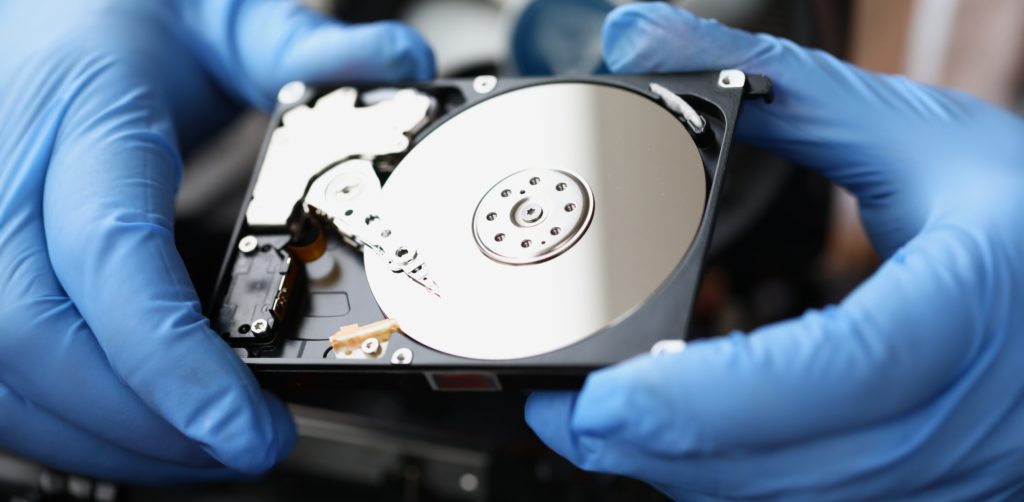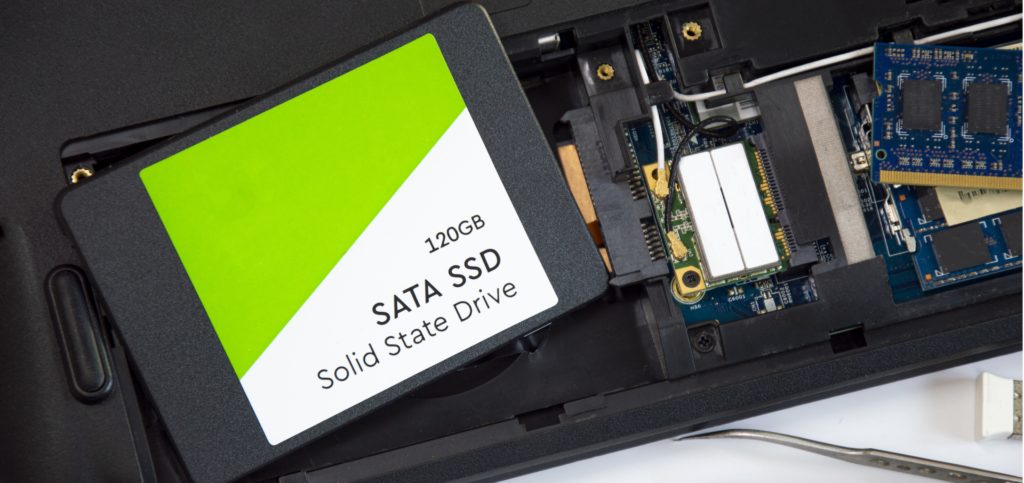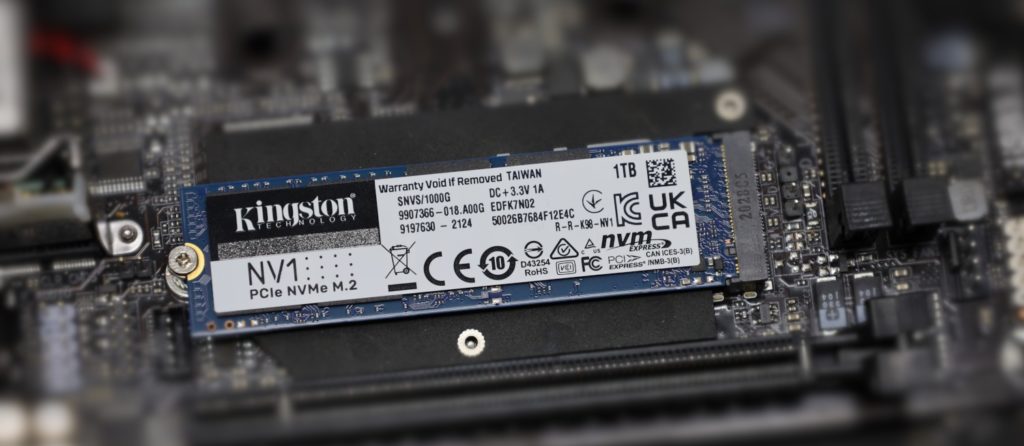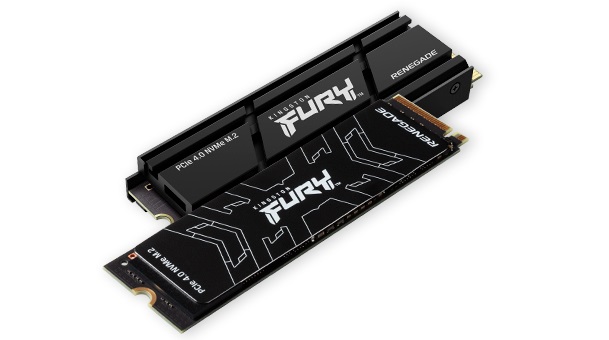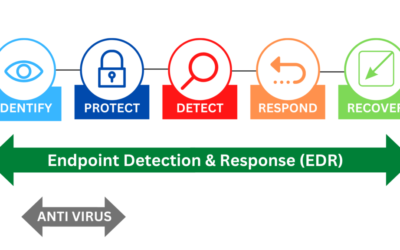Hey there, fed up of waiting for your PC to catch up?
Have you ever wondered what’s really going on inside your trusty PC or sleek laptop?
Well, buckle up because today, we’re taking a joyride into the world of hard drives – the beating heart of your digital domain. So, what exactly is a hard drive, you ask?
It’s like your computer’s storage superhero, saving all your files, apps, and cat videos for you to enjoy whenever you please. But did you know there’s more than one type of hard drive, each with its own set of superpowers?
Let’s dive into the exciting world of hard drives!
-
Hard Disk Drives (HDDs): The Granddaddy of Storage
Picture this: HDDs are like the wise elders of the hard drive family. They’ve been around the block, storing data on spinning disks with magnetic heads. While they might not be the fastest speedsters on the block, they’ve got one big advantage – loads of storage space at a budget-friendly price. Perfect for everyday use and those with a penchant for hoarding digital treasures.
-
Solid-State Drives (SSDs): Crank the speed up a gear
Now, meet the speedy family known as SSDs! Unlike their spinning cousins, SSDs have no moving parts. They’re like the Usain Bolts of hard drives, delivering lightning-fast data access. Boot up your system in a blink, launch applications with superhero speed, and revel in an overall zippier experience. Though they might cost a bit more, the performance boost is totally worth it.
Choosing the right hard drive is like picking the perfect car for your road trip. Whether you’re a casual cruiser or a speed aficionado, there’s a hard drive out there with your name on it.
So let’s break down the various types of SSD drives, and explore their speeds and typical use cases.
-
SATA SSDs: Fast – but as we know it (now)!
- Speed: SATA SSDs, while significantly faster than traditional HDDs, operate at speeds capped by the SATA III interface, typically reaching read and write speeds of around 500-600 MB/s.
- Typical Uses: Perfect for everyday computing tasks, such as booting up your system, launching applications, and general file access. They provide a substantial performance boost over HDDs without breaking the bank.
-
NVMe SSDs: The Speed Demons
-
- Speed: NVMe (Non-Volatile Memory Express) SSDs are the speedsters of the SSD world. With the NVMe interface, these drives can achieve blazing-fast speeds, often exceeding 3000 MB/s for both read and write operations.
- Typical Uses: Ideal for power users, content creators, and gamers who demand lightning-fast data access. NVMe SSDs significantly reduce load times for large files, video editing, 3D rendering, and gaming, providing a noticeable boost in overall system responsiveness.
-
PCIe 4.0 NVMe SSDs: The Cutting Edge
- Speed: Taking the NVMe experience to the next level, PCIe 4.0 NVMe SSDs leverage the PCIe Gen 4.0 interface to push speeds even higher. These drives can achieve read and write speeds well beyond 5000 MB/s.
- Typical Uses: Tailored for enthusiasts and professionals working with massive datasets, high-end gaming, and applications that demand the utmost speed and responsiveness. The faster transfer rates make them ideal for data-intensive tasks like 4K video editing and real-time rendering.
-
For gamers, enthusiasts and high-power users
- Speed: Kingston FURY™ Renegade PCIe 4.0 NVMe M.2 SSD provides cutting-edge performance in high capacities for gaming and hardware enthusiasts seeking extreme performance for PC builds and upgrades. By leveraging the latest Gen 4×4 NVMe controller and 3D TLC NAND, Kingston FURY Renegade SSD offers blazing speeds of up to 7,300/7,000MB/s1 read/write and up to 1,000,000 IOPS1 for amazing consistency and exceptional gaming experience. From game and application loading times to streaming and capturing, give your system a boost in overall responsiveness.
In summary, the type of SSD you choose depends on your specific needs and budget. SATA SSDs are excellent for everyday use, NVMe SSDs offer high-speed performance, and PCIe 4.0 NVMe SSDs take it up a notch for demanding tasks. Whether you’re a casual user or a professional, the SSD landscape provides options to cater to various requirements, ensuring a snappy and responsive computing experience.
So, next time you’re eyeing a new laptop or thinking of upgrading your PC, remember to consider the heart that beats inside – your hard drive. Whether it’s an HDD, SSD, or the fatstest we can do, your choice will shape the way you experience the digital wonders of your tech-filled world.
Happy computing, everyone!

